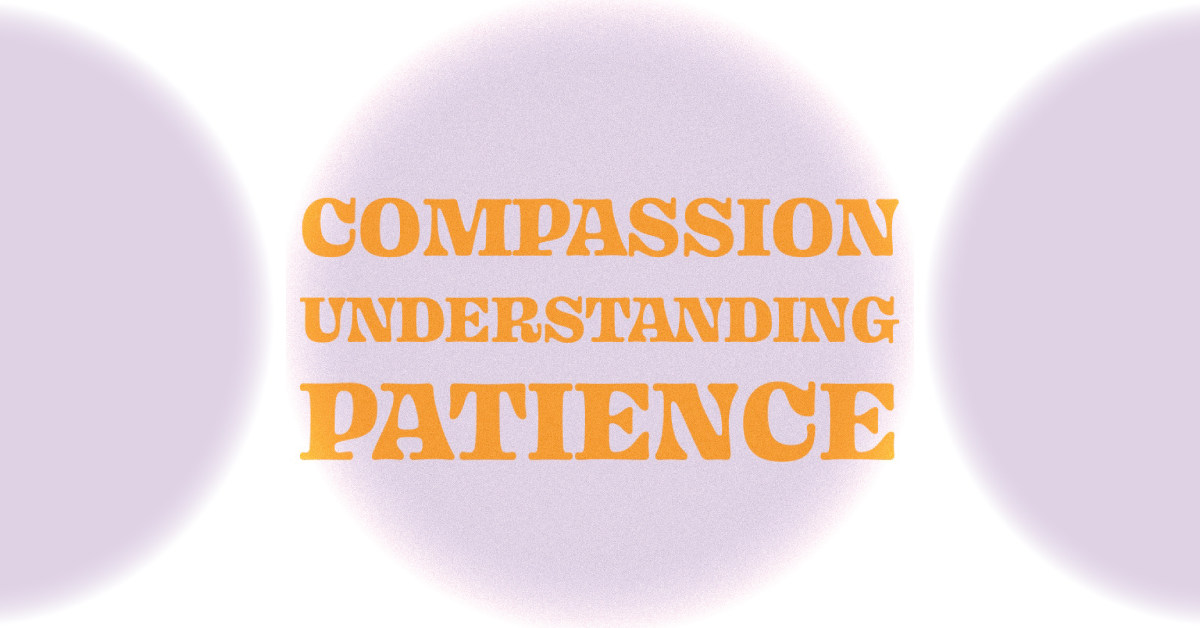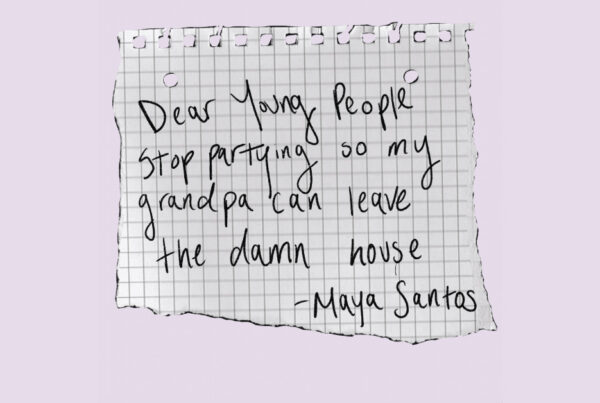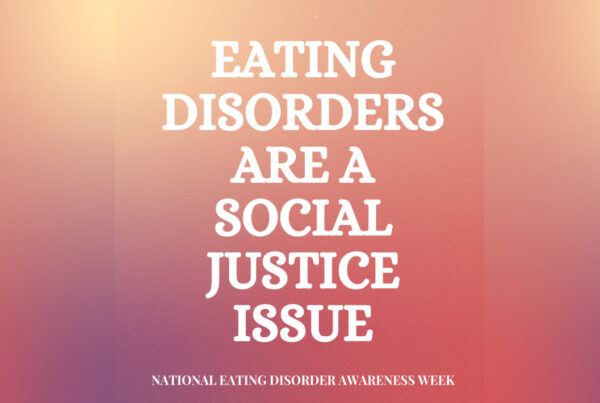The “New Normal” During the Holidays
This past Thanksgiving, my fiancé and I were not seated around the table, a golden-brown turkey the centerpiece to my family’s gathering. We weren’t even seated outside with masks and spaced-out chairs in an attempt to have a socially-distant gathering. Due to a possible COVID exposure, we camped out on our couch with our cat in matching fleece onesies, drank wine, and watched Happiest Season on Hulu (highly recommend if you haven’t seen it yet!). While I was bummed that we weren’t able to have a semi-normal holiday — we found out the day before Thanksgiving that we had been potentially exposed and needed to isolate — I had a feeling of déjà vu lingering over me all day.
Let me rewind: my mom was diagnosed with leukemia in 2010. Since she had a chronic form of the disease, her doctors said that her body should respond to the medication they euphemistically called “oral chemo.” For four years, she was on different cocktails of medications; none of the established or experimental drugs worked, or if they did work, they had life-threatening side effects. Her doctors decided the last resort was to do a bone marrow transplant.
In layman’s terms, a bone marrow transplant involves intensive chemo — to bring the patient’s immune system down to nothing — then the infusion of healthy bone marrow cells from a donor. The patient remains in the hospital for a few more weeks, then stays at home for anywhere from six to 12 months. In 2018, less than 5,000 transplants were performed; they’re not a commonplace or easy procedure. Unlike with organ transplants, family members don’t have better chances of being bone marrow matches — my mom’s parents and her sister were not. Only one in 430 people who sign up to be a bone marrow donor will ever actually donate.
When I found out that my mom needed to have the transplant, I took a leave of absence from college and went home to be her full-time nurse. Every day involved me waking up early, cleaning out Mom’s central catheter line, doling out her oral meds, hooking her up to the machine that administered her IV drugs, cooking, cleaning, and driving an hour to and from the hospital where Mom needed to go for her doctor’s appointments — all while working a part-time job and taking classes at community college so I didn’t fall too far behind in school. But the biggest stressor was making sure Mom did not get sick.
The immune system can take a year or more to fully redevelop after the procedure. What could be a sniffle to a healthy person could turn out to be pneumonia in someone who’s recovering from a bone marrow transplant. Value-sized bottles of Purell and cans of Lysol (remember when Lysol was a thing you could buy at any time?) stood sentry at every doorway. We had to wipe down all of our groceries and reheat any takeout food until it was scalding. Face masks and rubber gloves spilled out of a drawer by the front door. Mom couldn’t leave the house at all except to go to the doctor for the first few months. When she finally could go to the grocery store or the mall, it had to be with a mask and gloves during off-peak hours.
Before 2020, these kinds of precautions elicited furrowed brows of confusion whenever I tried to explain them. But with the pandemic still at the front of our minds, these practices are pretty normal. This is why when COVID took hold, I didn’t feel overwhelmed or panicked about all the precautions I’d have to take. They felt like second nature to me, even though it had been a few years since I needed to wear a mask for an extended period of time.
My mom’s transplant took place in August of 2014 so by November and December, she was only a few months into the recovery. She had the immune system of a newborn baby and still wasn’t allowed out of the house. Our holidays had to be abridged and altered in order to make it safe, to eliminate as much risk as possible. Because even though Mom was the only one who was seriously compromised, my family couldn’t risk getting sick and passing anything on to her. We all had to make a collective effort. This meant limiting how much we were going out before the holidays, avoiding hugs, maintaining our distance, and keeping the gatherings small. Thanksgiving and Christmas are usually big deals for our family and I’d be lying if I said the pared-down version didn’t feel ascetic and depressing. But I looked at the vestiges of normalcy — the tree, the decorations, Home Alone and Home Alone 2 playing on a loop — and they gave me hope for a year when things could be safer.
This year, we’re all at risk. Even with vaccines shipping out, cases are still climbing. COVID isn’t just after those who are immunocompromised; it can affect anyone. Keep your Christmas lights on all day, hang candy canes from your ears, rewatch Love Actually and The Holiday until your face is burning from all of the crying — whatever makes you feel a little more normal. But don’t take risks that you don’t need to. It takes a collective effort for us to overcome this pandemic. It takes compassion and understanding and patience. It takes playing games over Zoom instead of getting on a plane to visit your family. It takes isolating this year so you can still see your grandparents next year.
These decisions are not easy to make or to endure. But they don’t need to be easy. To avoid being another heartbreaking statistic, you just need to stick to it.
What Can You Do?
- Register to be a bone marrow donor with Be the Match. Black, Native American, and Latinx people have especially hard times finding matches.
- Follow the CDC guidelines for having a safe holiday.

Celebrating New Year’s 2015 in the hospital with my mom.

My mom’s hospital room in Aug. 2015.

Mom and me on Christmas 2017.

–Sabrina Serani, Content Creator






